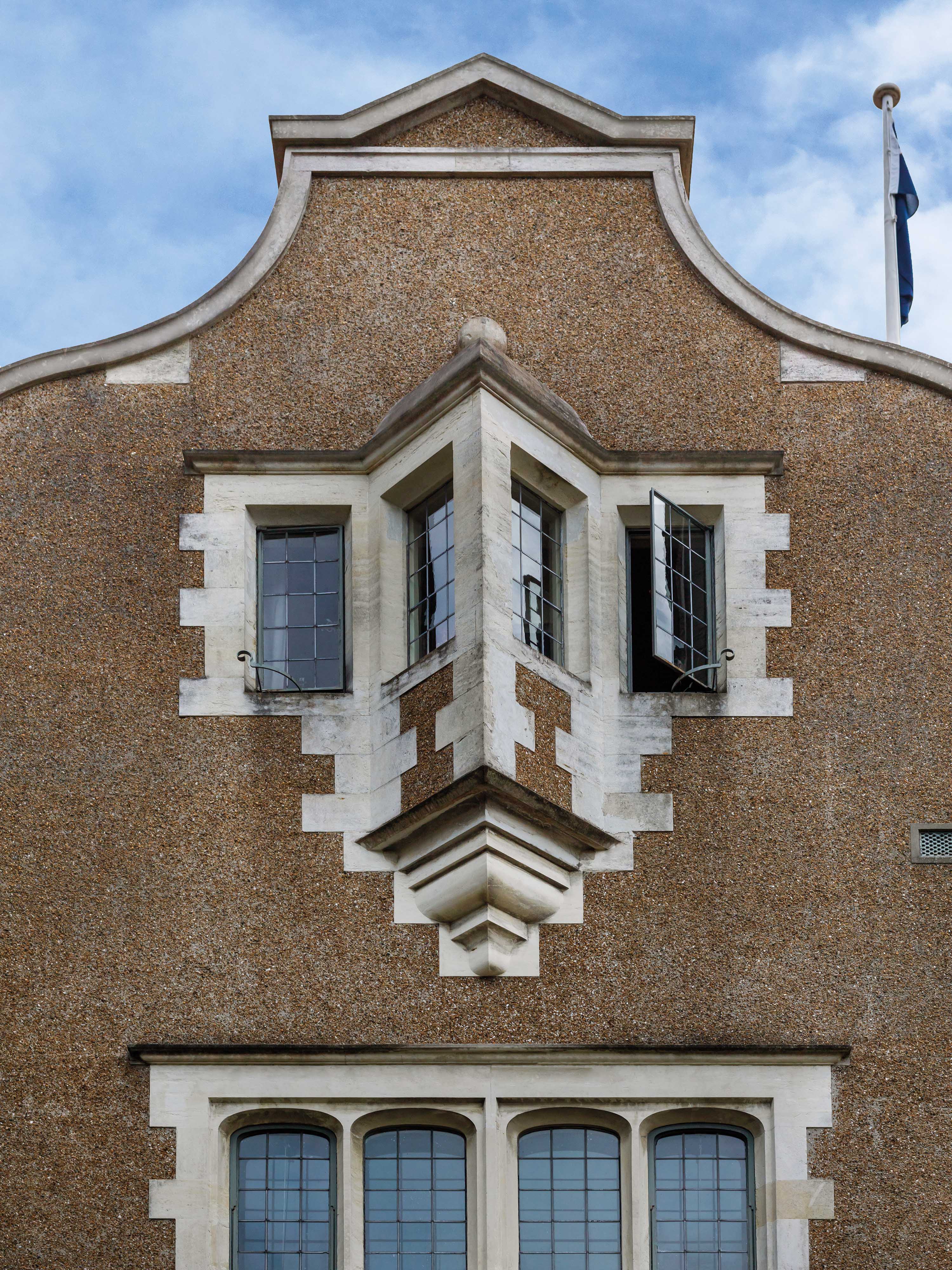

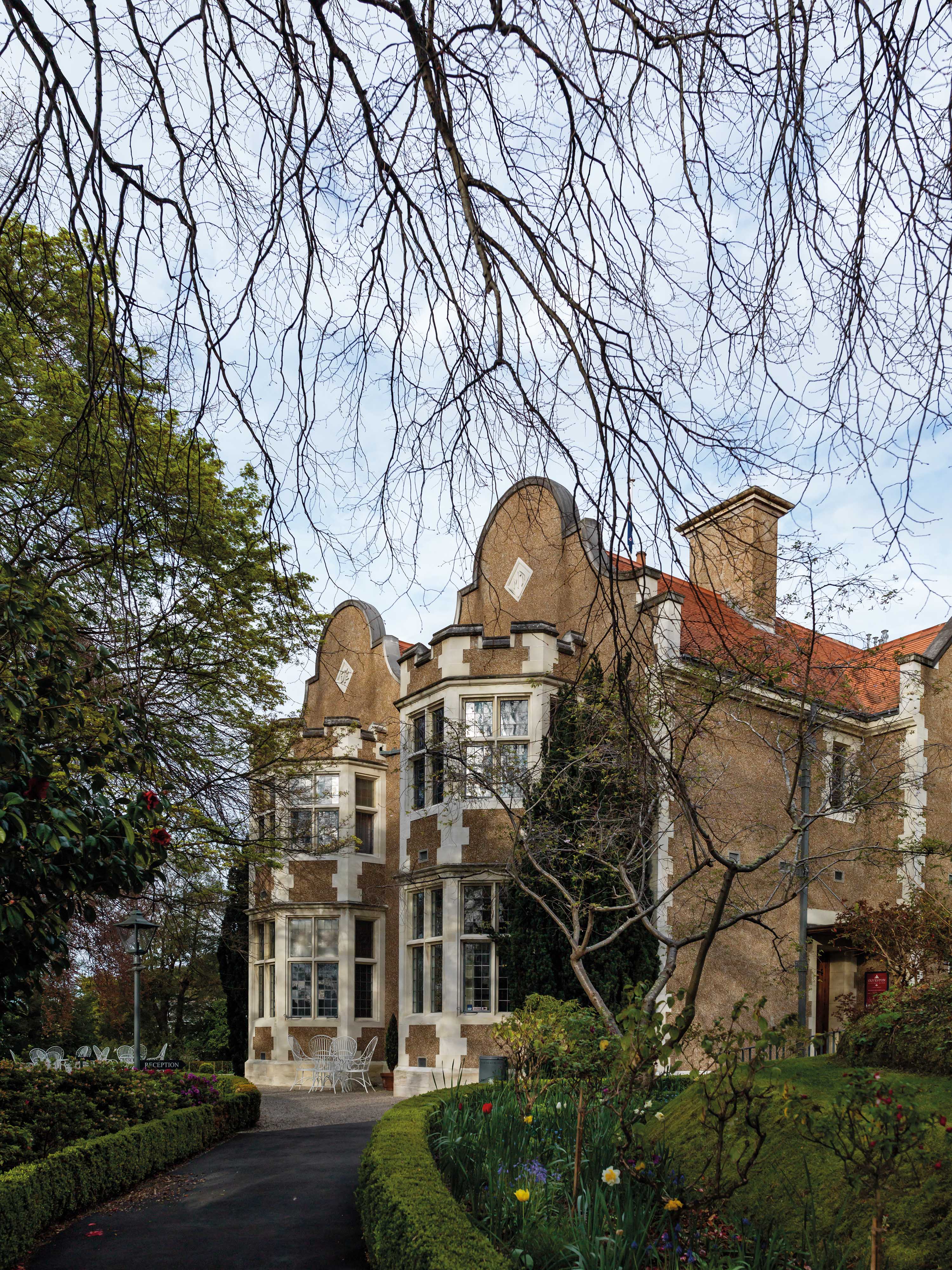
Olveston is an historic Dunedin house unique in Aotearoa New Zealand in the circumstances of both its provenance and its preservation. It was designed in the first years of the 20th century, when New Zealand was still a colony, by England’s then leading architect of country houses, Ernest George, for the Theomins, a family prominent in the commercial and cultural life of the city. For a generation, the house was a home for David Theomin, his wife, Marie, and their children, Edward and Dorothy. Throughout most of the succeeding century, though, Olveston has functioned, effectively at first, and then formally, as a museum – a museum whose subject is itself.
For more than 30 years, Olveston was conserved by Dorothy Theomin, its last inhabitant. Dorothy, who never married, was the final Theomin. After the death of her father in 1933 – her mother had died in 1926 and Edward, married but childless, had died in 1928 – Dorothy remained at Olveston until she died in 1966. Over that time, the house changed little. The advent of World War II hastened the discharge of Olveston’s small platoon of live-in servants, although after the war Dorothy wasn’t left alone in the house. At her invitation, a family – the McKays – moved in as companions.
As the years passed, some of Olveston’s fixtures and fittings were replaced, and paintings and books were added, but essentially it remained much as it was in its Edwardian heyday. Dorothy became the custodian of that moment in her family’s history, the keeper of the house and its collections and the memories associated with them. Possession was a mutual bond: Olveston wouldn’t let Dorothy go. She wasn’t raised to have a career, but Olveston gave her a vocation.
Towards the end of her life, Dorothy confronted the inseparable issues of her family’s legacy and the fate of Olveston. The Theomins had always been philanthropic. As she had discussed with her father, Dorothy decided to bequeath the house, its contents and its grounds to the city of Dunedin. She wanted Olveston to be preserved as a public art gallery or museum. Her gift was accepted, but only after a public campaign persuaded the fiscally cautious city council to overturn its initial rejection.
Without this reconsideration, Olveston, despite its core of committed supporters, might have been lost or, like many lesser Dunedin mansions that have been partitioned into rental flats, succumbed inexorably to the effects of exuberant student occupation (and long-term landlord neglect). In either case, only historic photographs and Ernest George’s plans and drawings – few, but typically artful – would have suggested the house’s architectural distinction, and the most tangible sign of the Theomins’ existence would have been the small cluster of family headstones in Dunedin’s Southern Cemetery. Instead, Olveston’s future was safeguarded. The house has now been a museum, officially, for as long as it was a home. Held in trust for the city and accessible to the public, Olveston has become enshrined in the history of Dunedin, as Dorothy Theomin intended.
At this remove from Olveston’s early days, it’s understandable the house should be most closely linked to its longest-surviving inhabitant. The connection was made explicit in the title of the only biography of a Theomin, Margery Blackman’s 2007 book Dorothy Theomin of Olveston.
Inevitably, some pathos attaches itself to this nexus. Dorothy had an engaged and privileged life, but it’s impossible not to have some sympathy for her later-years situation as the sole survivor of her small family. Not that Dorothy ever confessed to feeling sorry for herself. While she was generous to friends and supportive of numerous causes, she was matter of fact and unsentimental in many of her interactions. One commitment, though, ran very deep. Dorothy’s filial piety was unwavering. She maintained Olveston in tribute to her parents, and in accord with her father’s wishes.
As a museum, Olveston is evidence of the Theomins’ material success and urbane sensibility, and also of the complexity that could characterise a colonial family’s identity. The layering of affiliations was especially pronounced in a figure such as David Theomin, doubly diasporic through his European Jewish heritage and more immediate British origins, but also deeply committed to the city that had been so good for him.
It’s usual to regard far-flung colonial settlements as cut off – British Empire laureate Rudyard Kipling gave a rhythm to remoteness when flattering 1890s Auckland as “last, loneliest, loveliest, exquisite, apart” – but Olveston demonstrates how connected they could be. It was a node in a network, as much a part of the wider world as the mercantile businesses that paid for its construction and operation.
Olveston: Portrait of a Home
Massey University Press
$85

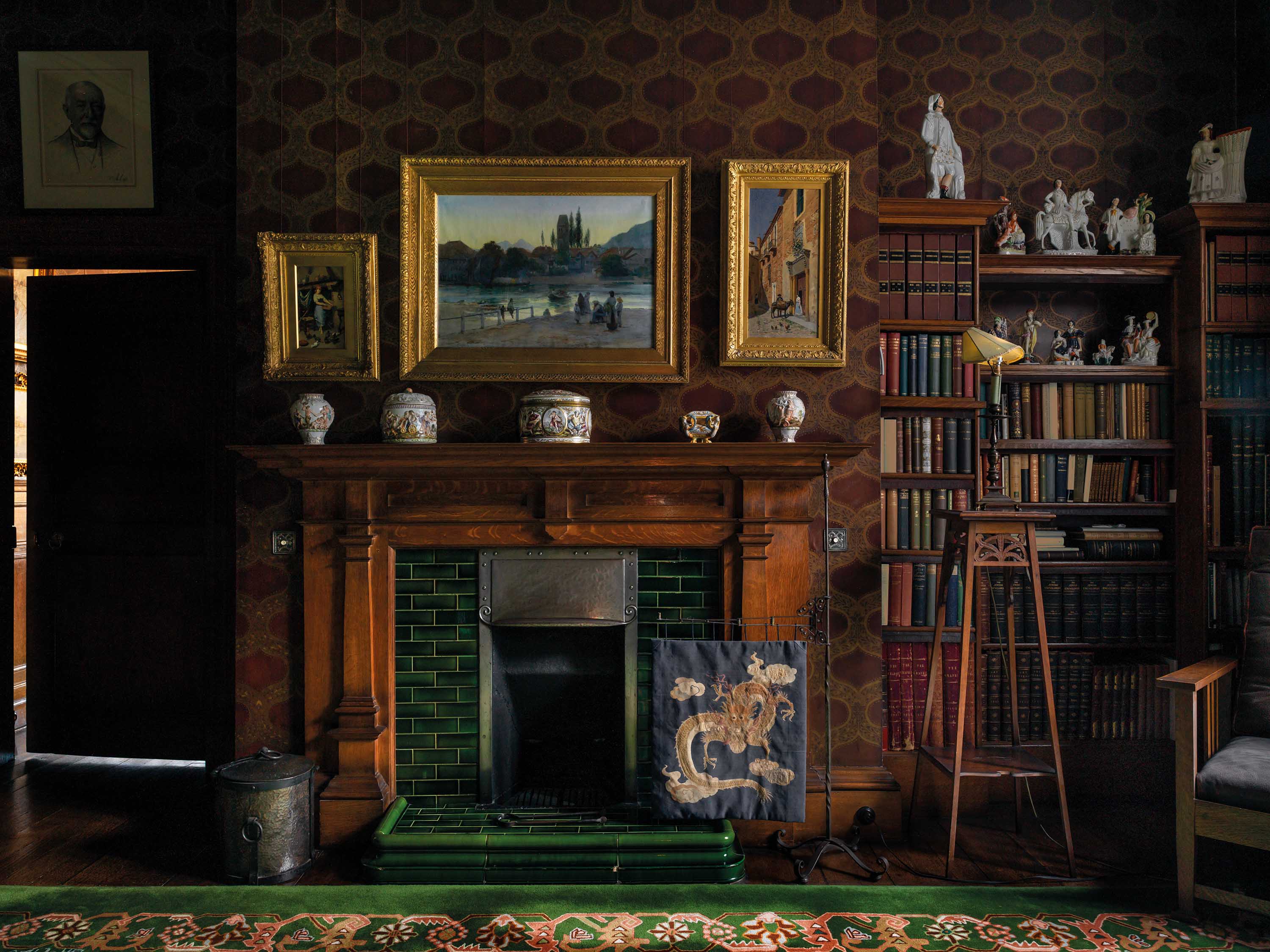
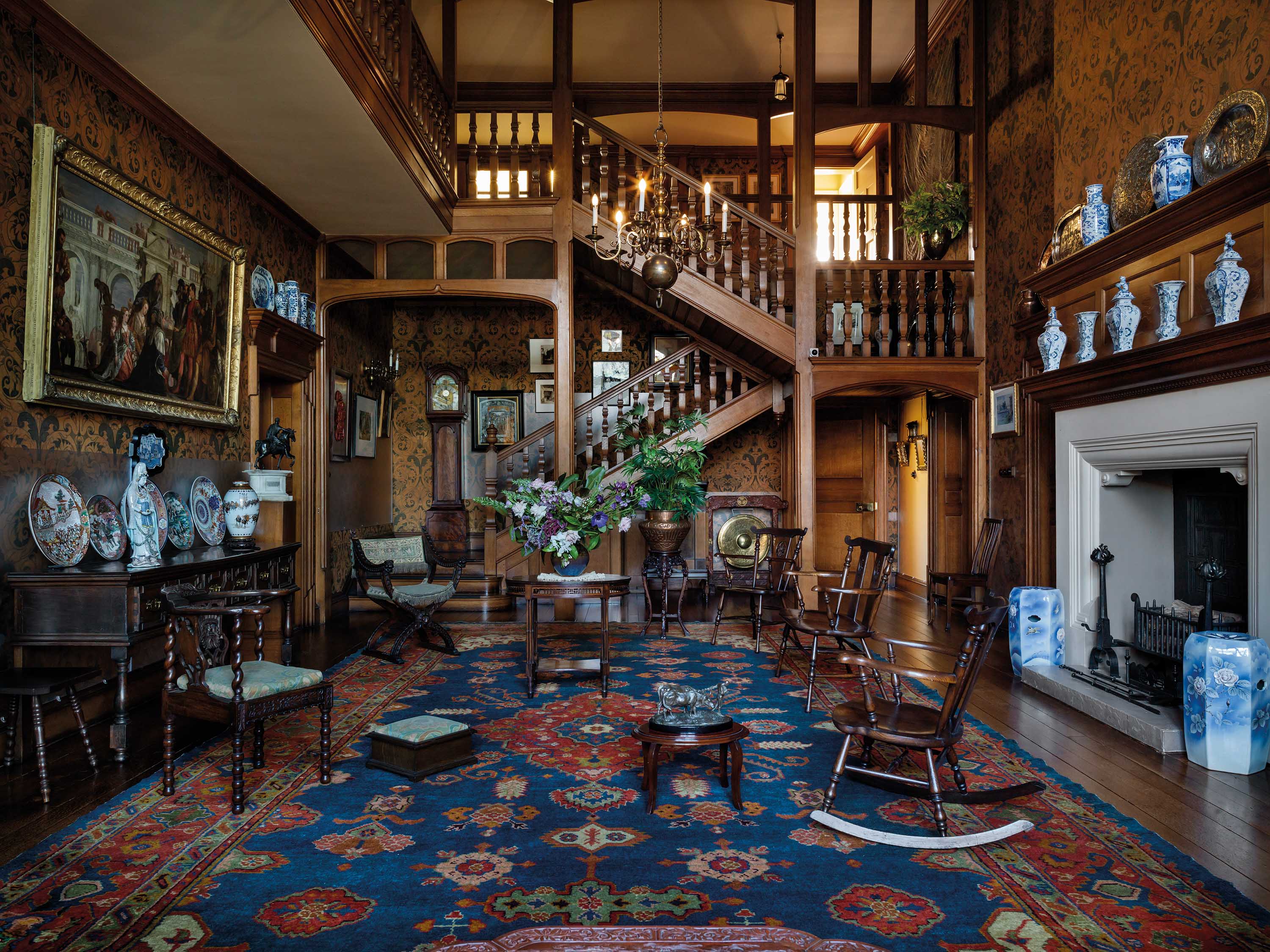
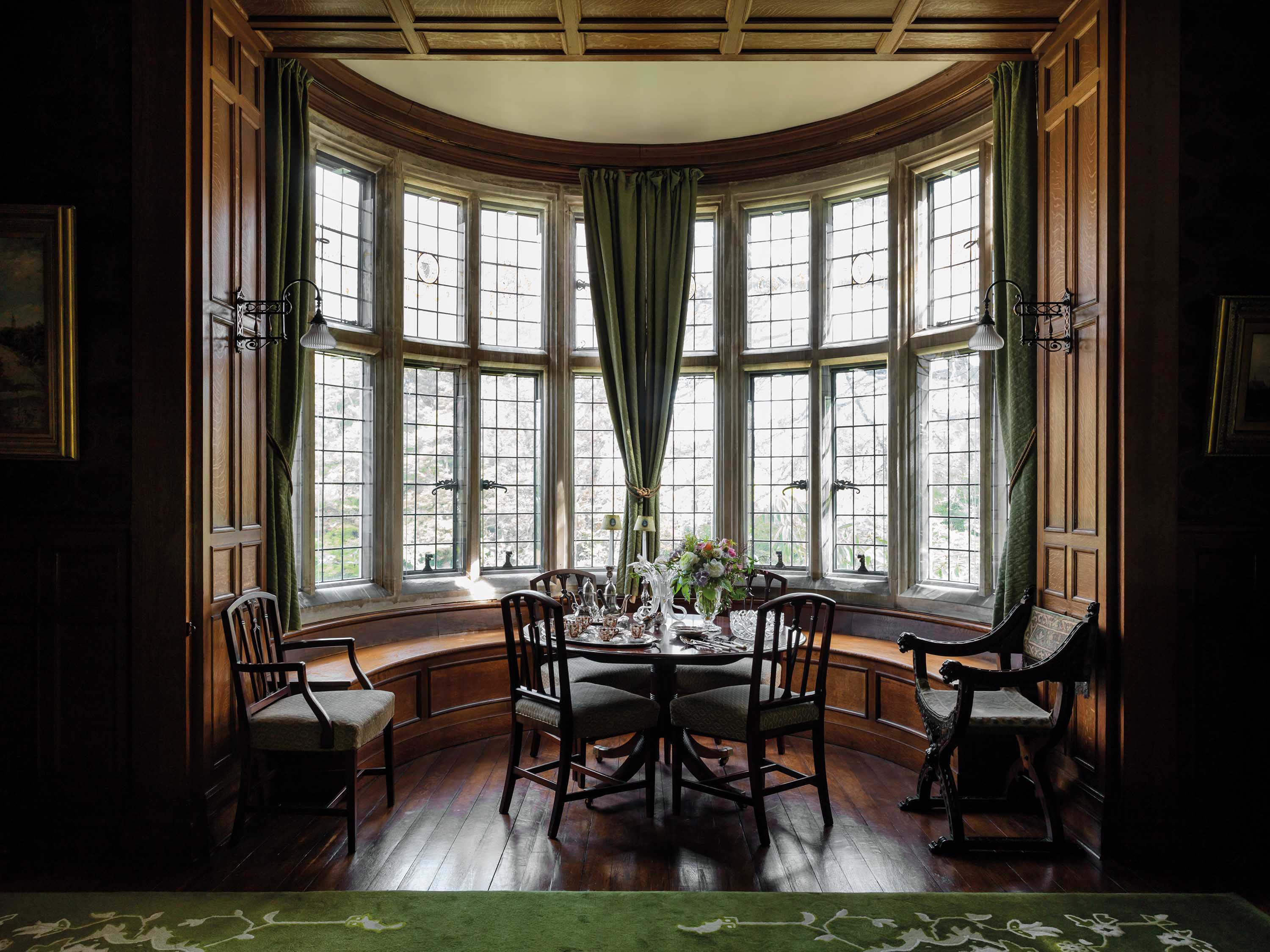
Related Stories: